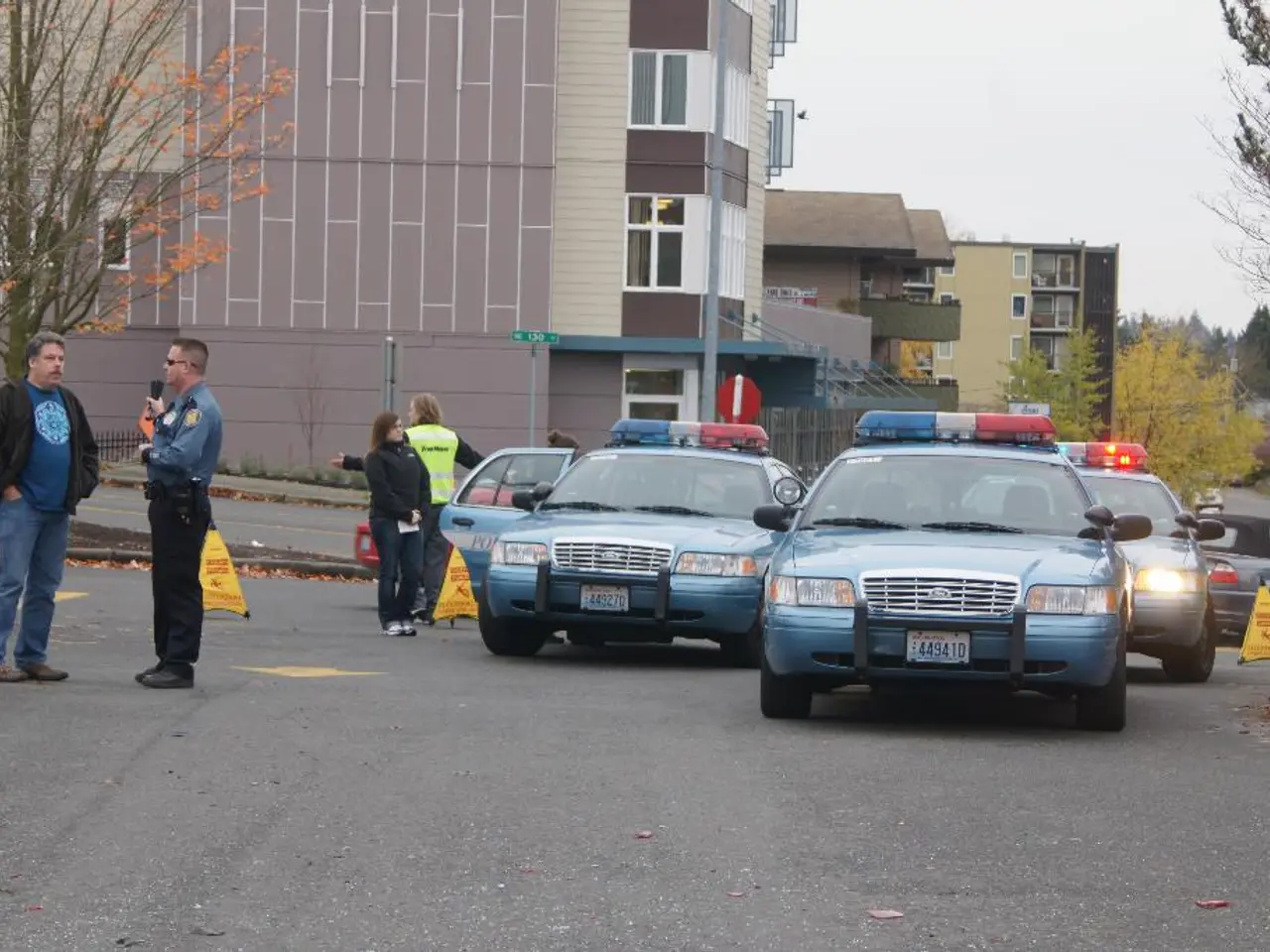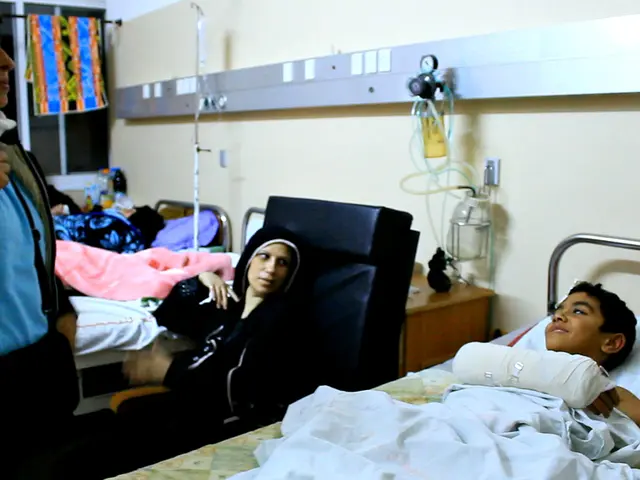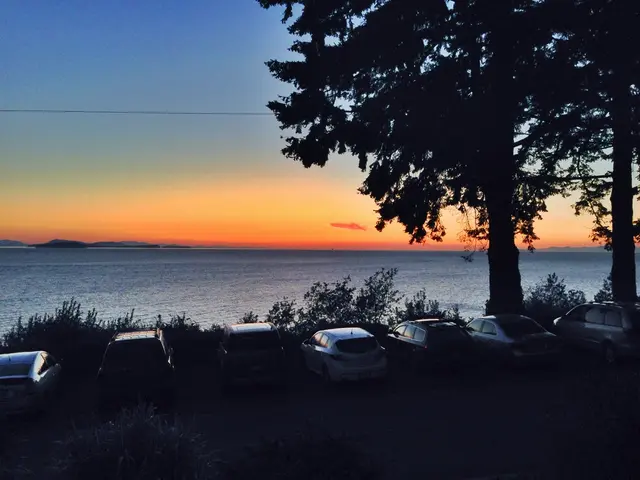Washington state faces the potential threat of a significant earthquake, similar to the one recently experienced in Russia.
In the face of increasing seismic activity and the looming threat of a significant earthquake, Washington state is taking proactive steps to enhance its preparedness. The Cascadia Subduction Zone, a 700-mile-long fault that stretches from Vancouver Island, British Columbia, to Cape Mendocino in Northern California, poses a significant risk to the region.
Recently, tsunami warnings were issued across the Pacific, including Washington state's west coast, following an 8.8-magnitude earthquake off Russia's Far East coast. The earthquake triggered a tsunami due to the fault being stuck and the upper plate lurching out over the Pacific plate, pushing the water. The recent event serves as a stark reminder of the potential hazards and the need for immediate action.
To mitigate the damage and save lives, Washington state has been relying on the ShakeAlert Early Warning System, which has been operational since 2021. This system rapidly sends alerts to phones, transit systems, hospitals, and schools within seconds of detecting initial seismic activity, providing crucial seconds for people to take protective actions.
The state's tsunami warning systems, coordinated by NOAA's Pacific Marine Environmental Laboratory, have also been improving. After recent distant earthquakes, the system has provided timely forecasts allowing warnings for coastal areas and beyond. Efforts are ongoing to enhance automation and speed for local events where only minutes are available to respond.
Federal support for preparedness is also evident. FEMA's 2025 funding includes $2 million under the National Earthquake Hazards Reduction Program (NEHRP) Individual State Earthquake Assistance. This funding supports mapping critical infrastructure in hazard zones, training officials, conducting response exercises, and improving building resilience.
On the community level, organizations like Bainbridge Prepares are fostering neighborhood resilience to support first responders by encouraging self-reliance and mutual aid in the event of disasters. This is crucial given the expected strain on official response capacity after a major earthquake.
One of the concrete advances in preparedness is the Tokeland tower, a tsunami refuge built by the Shoalwater Bay Indian Tribe in 2022. The tower allows the community to reach it within 15 to 20 minutes, and tsunami inundation maps show the first waves from a Cascadia Subduction Zone earthquake may arrive in 35 minutes.
However, challenges remain in quickly detecting near-coastline tsunamis and ensuring widespread readiness given the scale of potential destruction. For residents in densely populated areas near water, knowing an "on foot" evacuation route is crucial. Some areas, such as Ocean Shores and parts of Westport, require evacuation on foot due to lack of high ground.
Despite the swarm of nearly 1,000 minor earthquakes that have shaken the ground beneath Mount Rainier since the beginning of July, there's no indication that it presents a significant danger. However, it's the biggest swarm ever recorded at the mountain.
In summary, Washington state is making significant strides in preparedness for a major Cascadia Subduction Zone earthquake. The ShakeAlert Early Warning System, improved tsunami alerts, federal funding for risk reduction, and strong community resilience efforts are all crucial components of the state's strategy. Yet, challenges remain in ensuring readiness for the potential widespread destruction and tsunamis that such an event could bring.
Science and health-and-wellness are vital components in Washington state's disaster preparedness. Regular fitness-and-exercise routines can help residents maintain their physical and mental well-being during emergencies, enabling them to quickly evacuate in the event of a major earthquake or tsunami.




